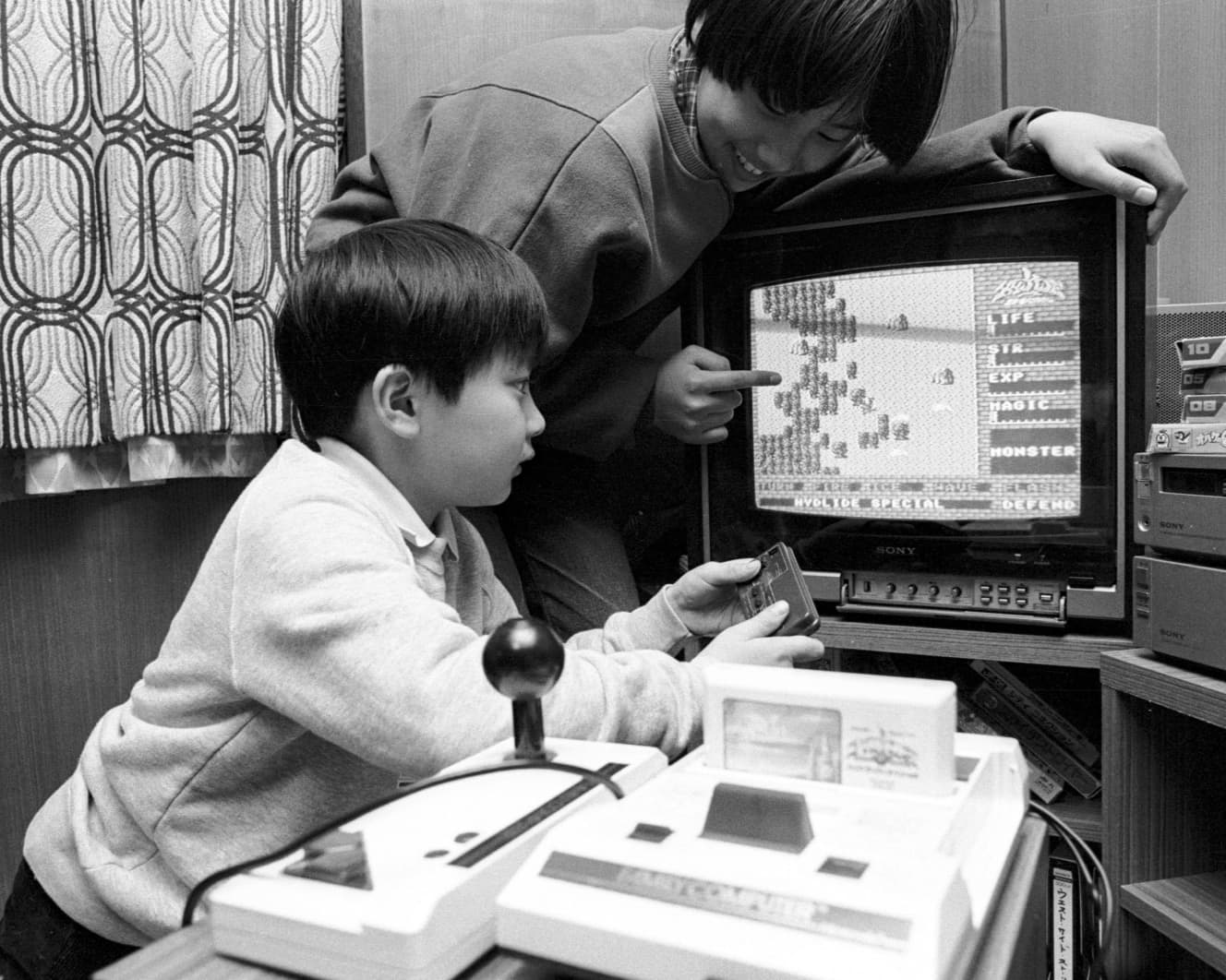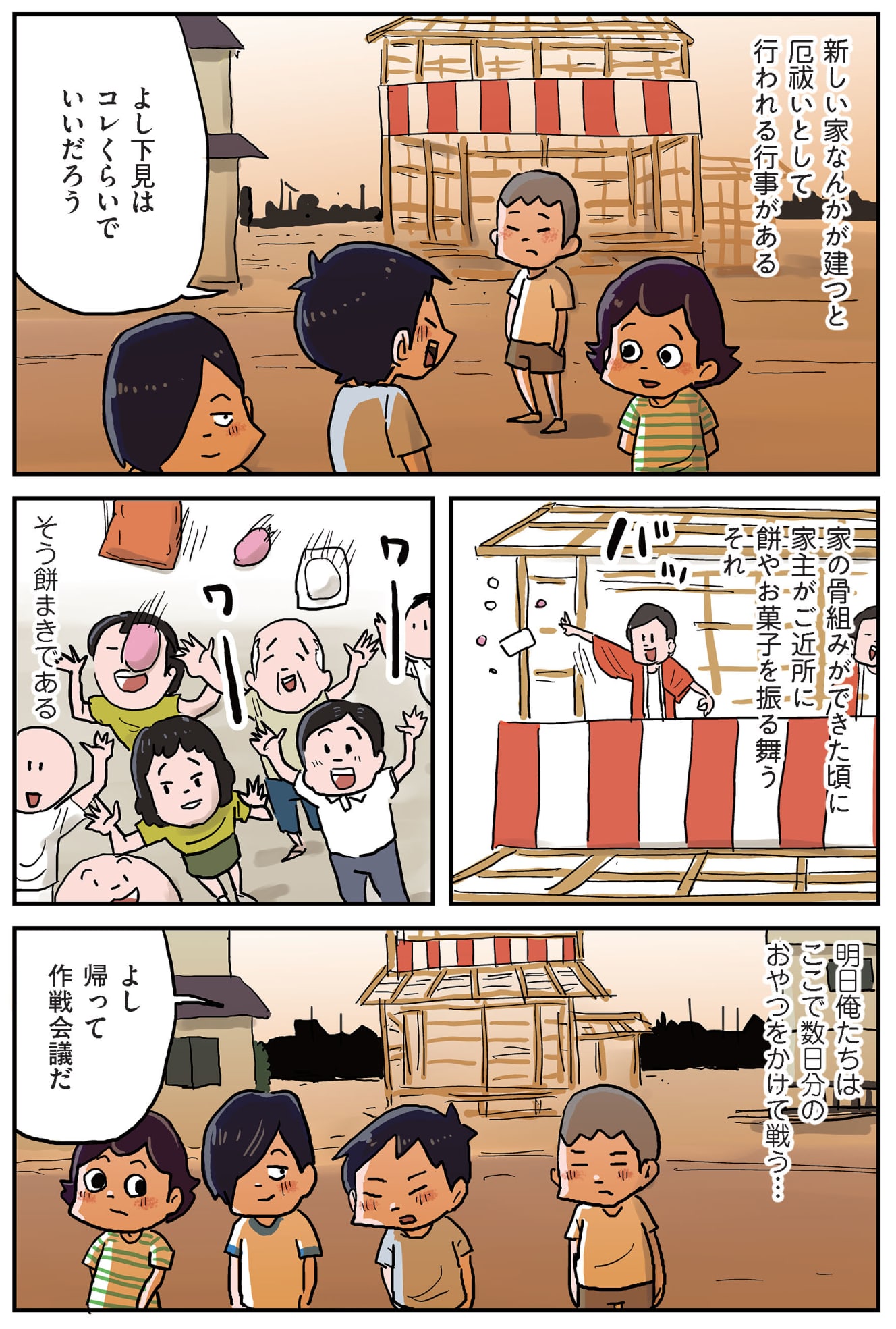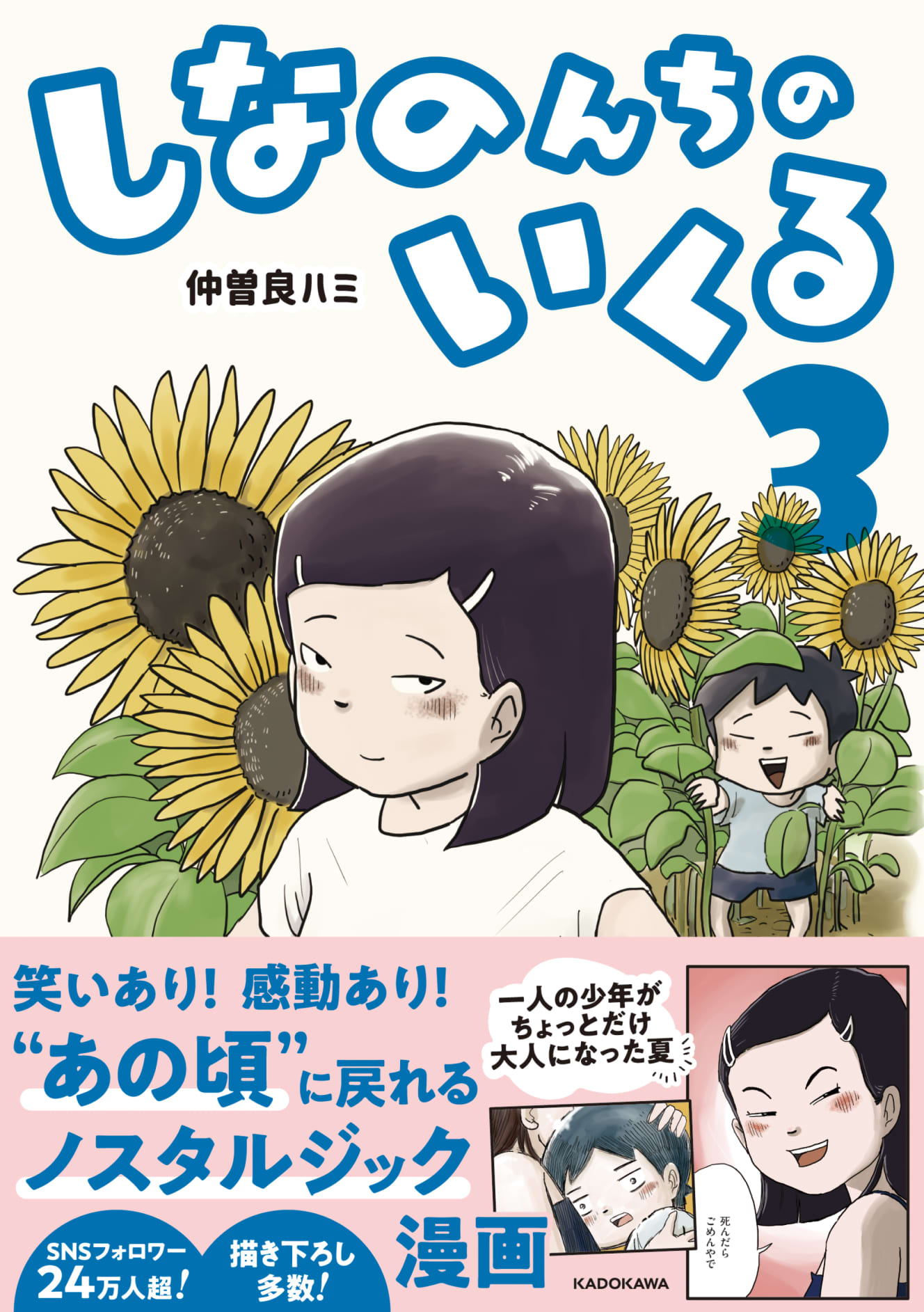Nostalgia Unveiled: Exploring the Popularity of Showa Era through NES, Radio Controlled Consoles, Milk Bottle Cover Menko, and Sticker Exchange
I feel like I had the most fun being reckless when I was in third and fourth grade.”
The nostalgic manga “Shinanonchi no Ikuru,” which depicts the heartwarming daily life of a fourth-grade boy at school and at home in the Showa era, is now being read by a total of 270,000 followers on social networking sites. Over the past year and a half, the first and second volumes of “Shinanonchi no Ikuru” have been reprinted, and the third volume was released on December 26, 2011.
The story takes place in the late 1980s, between the late Showa and Heisei eras. The main characters are mischievous but kind-hearted fourth-grader Ikuru Morishita, her close friends and girls in her class, and her older sister Shinano, who is dependable and quarrelsome.
They desperately collect rare stickers that come as freebies from sweets, make menko (a Japanese sweet made of cotton candy) out of milk bottle caps, and proudly buy and eat candy and ice cream on their way home from school. …… In “Shinanonchi no Ikuru,” the daily lives of such Showa-era children are vividly depicted. Whether or not you are of the generation that knew “those days,” this work will make your heart warm and fuzzy.

The author is Hami Nakasora. The author is Hami Nakasora, one of the manga artists who voluntarily chose blogging as a place for transmitting her works.
I don’t dislike the style of transmitting manga through blogs and SNS. I don’t mind uploading my work every day.
In fact, I enjoy it. In my case, I have three or four pages or so.
In my case, I publish a new work of about three or four pages two or three times a week on the Livedoor blog. At the same time, I let people know that I have updated my blog on X (formerly Twitter) and Instagram, and on SNS I not only promote my work but also show my past works.
What he depicts in the manga he publishes on his blog and SNS is the world of the Showa period, when analog was the mainstream. Nakasora himself is of the generation that was in the fourth grade of elementary school in the late Showa period, just like Iruru.
When I go out for a drink with my classmates from my hometown after a long time, we talk about our memories. Whenever we talk about our elementary school days, we all laugh together. That’s why I always wanted to make a manga someday.
The reason why I chose 4th graders as the main character … well, I guess. I remember that the 3rd and 4th graders were the most reckless and fun.
When I was in the fourth grade in the late 1980s, children’s playthings were evolving, and the NES and radio-controlled consoles were a big hit. There were so many things I wanted, and I draw toys that are etched in my memory in my cartoons.”

Other Showa-era “I used to have that, didn’t I?” items appear one after another in his works, such as the familiar die cutouts from festivals, the extra stickers from “Bikkuriman Chocolates” and “Ramen Baba,” menko (a Japanese sweet made from the lid of a milk bottle), and mochi maki (a rice cake used in a ridgepole ceremony).
I often receive comments on SNS from people in their 40s,” he said. I often receive comments from younger generations saying, ‘I didn’t know about this,’ and from older generations saying, ‘This was the way it was in our time. Since I draw mainly on my own memories, there are more male readers. When the story focuses on Shinano or the girl characters, I get the impression that women are also reading the book.
I liked it because it gave a sense of the temperature of Showa-era life.”
Sazae-san” and “Chibimaruko-chan” are also representative manga depicting Showa-era families, but the main difference between “Shinanonchi no Ikuru” and “Sazae-san” is the main character’s family structure. While “Sazae-san” and “Chibimaruko-chan” feature large families with three generations living together, the Morishita family is a nuclear family consisting of parents and two children.
My family is the model. My parents and my sister who is three years older than me. My family was the same, but both parents worked, and the children threw their school bags at home and went out to play every day after school. I think there were many families like that.
I think those were the days of the Showa period, when the government was promoting an affluent lifestyle and the whole nation was striving for it. Husbands and wives worked together, and children looked forward to having presents worth less than 10,000 yen bought for them at Christmas. There was a sense of temperature to life in that era, and I liked it.

The “warmth” of the story may be the tone that runs throughout “Shinano no chi no Ikuru”. The interactions between Ikuru and her classmates are a bit rough, yet somehow gentle and somehow warm. For example, there is a boy named Taku in Ikuru’s class.
There is a boy named Taku in Ikuru’s class. Taku says nonsense, plays with pencils and erasers in class, breaks things in the classroom for no reason, and steals the keys to his classmates’ bicycles. That is why everyone in the class does not want to have much contact with him. However, Ikiru and Shu are different. They are angry at Taku, but they play together and get along with each other as equals.
In fact, some of my works with Taku in them got a little bit messed up on social networking sites,” said Shu. I wondered what it would be like to portray this type of child in a comic book. Maybe in some cases, it doesn’t fit with the current values.
I wonder if the rough kindness and warmth of Ikiru and Shu toward Taku are relationship values that have become less and less common now. Since the middle of the Heisei era, there are no longer children like Taku in the classroom.
I am sure that, for various reasons, it is better now, and I just don’t think that the way of thinking of the time we spent was all wrong. That’s why I really wanted to include that story.”
I hope Mr. Nakasora’s thoughts are conveyed to you at …….
I think being in one’s 40s is a difficult age in many ways. They are concerned about their younger children and can’t say anything to the older generation. It’s a little frustrating, so I’m trying to secretly send a message to the 40-somethings of our generation through my work, saying, ‘Let’s work hard.
I gave up on becoming a manga artist and worked as a company employee for about 10 years.”
On December 26, the long-awaited third volume of “Shinanonchi no Ikuru” was released, including the first and second volumes, and the book includes works that received a particularly strong response on blogs and SNS.
When the first volume came out, I asked the publisher, Kadokawa, to let me do it in that style.
When you first publish your work on SNS, there is no editorial check, so the responsibility falls on you, and the risk may be greater. If I picked up all the criticism, I would not be able to draw anything, so I am going to trust myself and draw what I want to draw. I have no choice but to take responsibility and transmit my message.”

In fact, when he was in his 20s, Mr. Nakasora won a rookie award from Kodansha’s manga magazine “Weekly Morning. The style of the manga he was drawing then was completely different from what he is drawing now.
I was young at the time, so I had a strong desire to draw something sharp, ” he said. However, when I won the award at Morning, I wasn’t very good at creating manga, and I couldn’t make my debut in a manga magazine after winning the award.
So I gave up on becoming a manga artist and worked as an office worker for about 10 years. The work was interesting.
But eventually, the ways of transmitting manga works became more diverse, and I wanted to actually try it out on social networking sites, etc., so I started submitting my works to transmission sites with the intention of giving it one more try. That ultimately led to my debut as a manga artist.”
In his 20s, Nakasora used to draw sharp cartoons, but now that he is in his 40s, he says, “It is more interesting to draw the kindness of people.
I think it’s largely because I went out into the world once and learned many things. I wonder if I would have arrived at my current theme if I had continued like that. If I had continued to work, I don’t know if I would have arrived at the theme I am working on now.
After living as a company employee for about 10 years, I honestly sometimes think that I wish I had been able to become a writer a little earlier. But now, I think it was for the best. I think “Shinanonchi no Ikuru” is a work that could only be drawn in one’s 40s.

Hami Nakasora, manga artist, born in 1977 in Niigata Prefecture, Japan, active mainly on SNS and blogs. She is an official Livedoor blogger. Her comic “Shinanonchi no Ikuru” volumes 1, 2, and 3 are currently on sale from KADOKAWA.
Interview and text by: Sayuri Saito